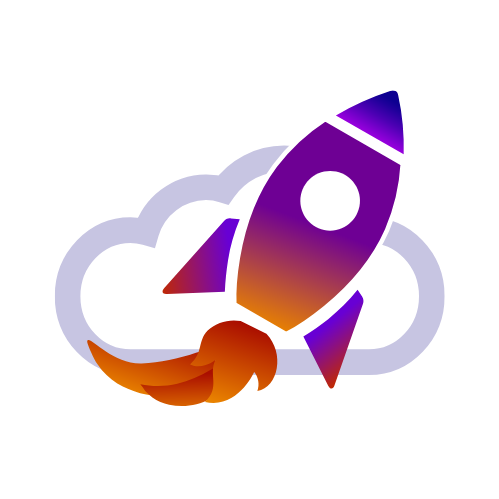The world of technology is witnessing a creative revolution, but by machines that can think, write, and create. This revolution is called Generative AI. From tools like ChatGPT and DALL·E to Midjourney and Runway ML, generative AI is transforming how we produce art, write content, compose music, and even design products.
Once considered a futuristic dream, AI creativity is now a reality reshaping industries, redefining originality, and challenging our very perception of creativity itself.
Table of Contents
What Is Generative AI?
Generative AI refers to artificial intelligence systems that can generate text, images, videos, music, or code based on data they’ve been trained on. Unlike traditional AI that classifies or predicts, generative AI creates. It uses deep learning models particularly Large Language Models (LLMs) and Generative Adversarial Networks (GANs) to produce original, high-quality outputs that mimic human creativity.
For instance, OpenAI’s ChatGPT can write essays, poems, or code; DALL·E 3 can turn text prompts into stunning artworks; and Synthesia can generate realistic human avatars that speak any script you provide.
The Evolution of Creative AI
The journey of generative AI began with simple pattern recognition models, but the real leap came with the rise of transformer-based architectures like GPT (Generative Pretrained Transformer). These models can understand context, style, and tone, enabling them to produce natural, coherent, and emotionally resonant content.
The release of ChatGPT in 2022 marked a major milestone. Within weeks, it became a global sensation used by students, professionals, and creators alike. Since then, companies across every industry have adopted generative AI tools for content creation, marketing, design, and innovation.
AI Art: Redefining the Creative Landscape
Generative AI has opened a new era in digital art. Platforms like Midjourney, Stable Diffusion, and Adobe Firefly allow anyone to generate stunning visuals from simple text prompts. Artists now use AI not just as a tool, but as a creative collaborator.
AI art has challenged traditional definitions of authorship who is the true creator: the human giving instructions or the AI generating the work? While debates continue, one thing is certain: AI is democratizing creativity, making artistic expression accessible to everyone.
In 2023, an AI-generated artwork titled “Théâtre D’opéra Spatial” even won first prize at the Colorado State Fair, sparking global discussions about the future of human creativity in the age of machines.
AI Writing Tools: The Future of Content Creation
Writing, too, has undergone an AI-powered transformation. Tools like ChatGPT, Jasper AI, and Copy.ai help marketers, students, and authors generate engaging and SEO-optimized content within seconds.
These tools analyze tone, style, and intent crafting blog posts, emails, product descriptions, and even novels. AI is no longer just a writing assistant; it’s becoming a co-author, empowering creators to focus on strategy, storytelling, and innovation.
Generative AI in Music, Video, and Design
Beyond text and images, AI is revolutionizing other creative industries:
- Music: Tools like AIVA and Amper Music compose symphonies or background tracks instantly.
- Video: Platforms such as Runway ML and Synthesia enable creators to produce cinematic visuals or talking avatars without cameras.
- Design: AI tools like Canva Magic Studio and Figma AI assist in layout design, branding, and prototyping.
This seamless fusion of creativity and computation is birthing an entirely new digital art form creative AI ecosystems.
Challenges and Ethical Considerations
While generative AI unlocks immense potential, it also raises complex ethical questions. Issues like copyright, authenticity, and deepfakes are at the center of debate. How do we protect artists’ rights when AI models are trained on their work? How do we distinguish real from synthetic content in a world flooded with AI-generated media?
Transparency, regulation, and AI watermarking technologies will be key to maintaining trust and ethical standards in creative industries.
The Future of Generative AI
The next generation of creative AI will move beyond imitation toward true co-creation where humans and machines collaborate in real time to produce original ideas. Future tools will understand emotion, culture, and intent, leading to more meaningful creations.
AI creativity will extend into film direction, fashion design, architecture, and even scientific discovery. The fusion of human imagination and machine intelligence will define the next great leap in creative evolution.
Conclusion
Generative AI is not replacing creativity it’s redefining it. From art and music to writing and design, AI is expanding the boundaries of imagination and enabling everyone to become a creator.
The future of creativity lies in collaboration: human intuition guiding machine intelligence. Together, they are shaping a new era of digital artistry that’s more inclusive, innovative, and inspiring than ever before.
References
Also Check AI in Education – Intelligent Systems of ERA – 2025

